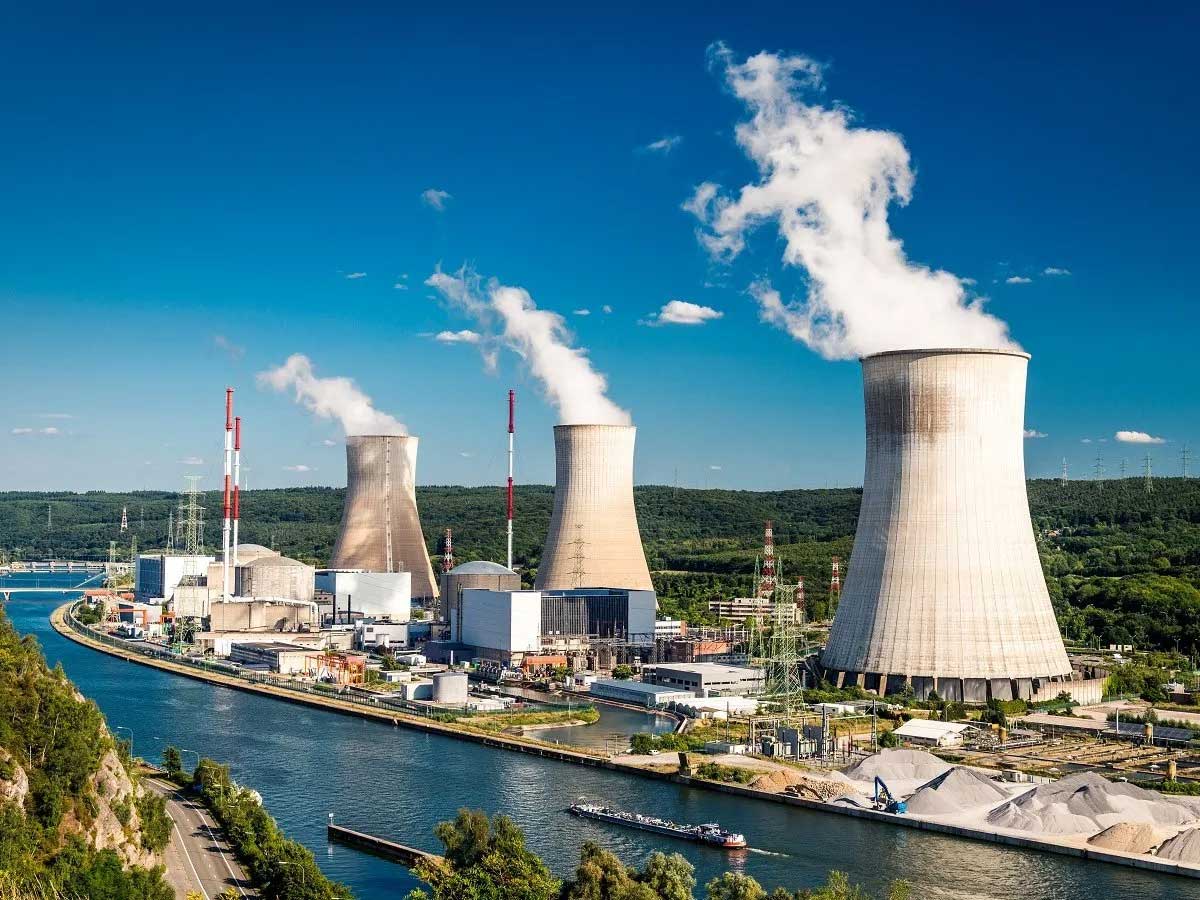How Nuclear Reactors Work
Like a fission bomb, a nuclear power reactor contains enough fissionable material to sustain a chain reaction. However, the rate at which this reaction occurs is carefully controlled. This is done by inserting control rods into the reactor. These rods are made of material that absorbs neutrons.

Most of the energy released in fission appears as kinetic energy of the fission fragments. These fragments are slowed by collisions with the atoms in the reactor, which become hot (thermalization). The heat is transferred to a coolant, usually water, which heats up and becomes steam. The steam then drives a turbine connected to an electric generator.
Although this is initially a clean source of power, many of its by-products are highly radioactive. Long-term disposal of these items remains a difficult problem for society to solve.